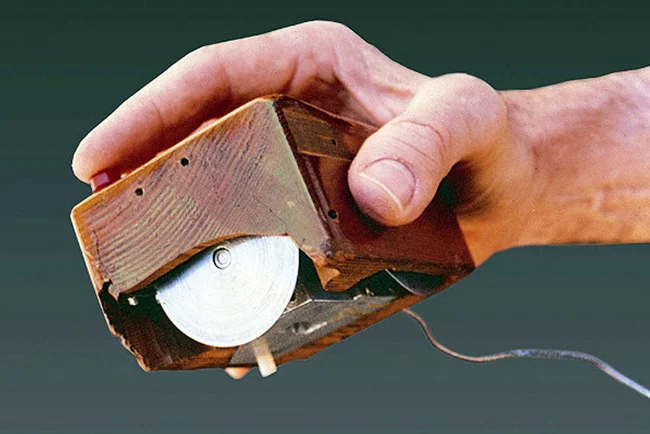1. The customer for the invention was NASA, which was looking for a way to simplify the work with computing systems. And the result of the work - the mouse - did not suit them, since it is impossible to work with a mouse in zero gravity. 
2. Before he came up with a mouse, Engelbart envisioned using a special mask that would capture head movements and move the cursor.
3. Douglas Engelbart, of course, patented the mouse, but the patent expired before his invention began to be widely used. But the reward still found the hero! And literally. In 1997, Engelbart received the Lemelson Award ($500,000), which is awarded annually to inventors, and the Turing Award ($250,000), the so-called “computer Nobel.”
4. Engelbart placed only one button on his mouse, but he wanted there to be five of them - one for each finger.
5. The plural form of English mouse (mouse) is mice. This is one of the exceptions of the English language. But if we are talking about computer rodents, then the Oxford Dictionary also allows the use of mouses.
6. The mouse gained popularity in the 80s, when the development was bought by Apple (you’ve hardly ever heard of it). The design was simplified, modified and attached to the legendary Macintosh.
7. The first computer that could use a mouse was the Xerox Alto, released in 1970. It is also the first computer with a graphical interface.
8. The mouse cursor is angled rather than drawn vertically or horizontally to make it easier to locate on the screen on early low-resolution monitors.
9. The first optical mouse appeared in 1980, but came to the general consumer only in 1999, when its cost was affordable for most users.
10. In 1991, one of the first mice with the poetic name “Kolobok graphic information manipulator” was released in Togliatti.
0 comments
